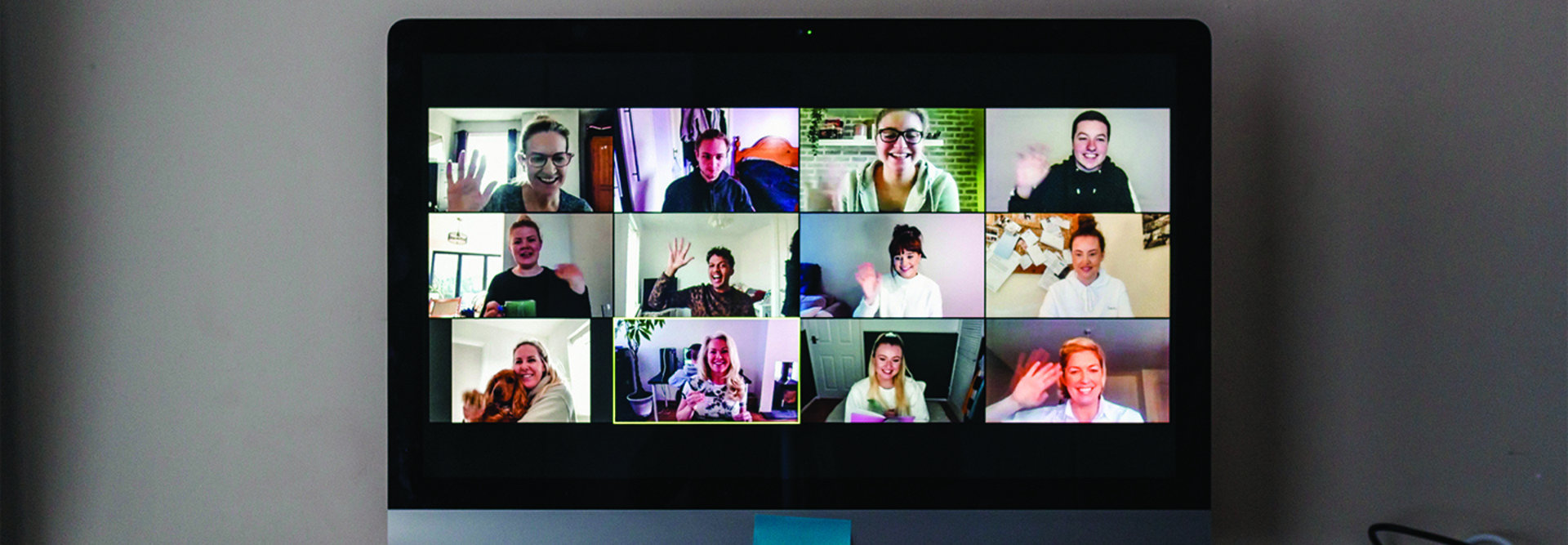6 Key Elements for Cultural Transformation
Organizations that have been able to successfully integrate new technology into their workflows have made the employees a focal point of that process, Murphy said.
“Change is a fact of life in organizations,” he said. “But it has to be carried out in a way that makes people want to adapt to it.”
From businesses to hospitals, factoring in the human element of digital transformation has paid off. Murphy offered a playbook for cultural transformation, boiling it down to six key elements:
- Develop a culture of change: Employees often fear change, feeling unstable or even replaceable when new technology comes in. Businesses should take time to create a culture that celebrates advancements instead of fearing them, Murphy said.
- Collaborate with all levels across the organization: Employees need to be involved in the process, Murphy said, as they know their process needs best. “This isn’t top down from IT,” he said. “This is IT working shoulder to shoulder with the employees to develop tools that the employees could actually understand and use.”
- Clarify expectations: Another way to quell the fear employees can feel during a transition is to be very clear about what is going to happen and how it’s going to fit into current workflows. “You have to really clearly communicate not just how the technology is going to support employees, but also what's going to change because of the tech and what's not going to change,” said Murphy.
- Show benefits: This may seem simple, but emphasizing how the technology will save time or increase productivity goes a long way to building trust in new products. “People sometimes find new technology threatening,” said Murphy. “It can make them anxious.” Clearly demonstrating the benefits can help ease that anxiety.
- Train employees: To make sure employees will use the technology, organizations need ensure they are comfortable with it. Not only will exposure to new tech reduce their fear, but it will also make them part of the process. “Employees get engaged when you enlist them in the process,” Murphy said. “When you train them, you can ask them to send in their ideas for feedback so they can see change happening.”
- Focus on mission: Ultimately, digital transformation comes down to being more effective at whatever the organization is trying to accomplish. Keeping that wide-angle lens can help employees see the value in new technology. “You have to make very clear that if they use the tech, they're going to be more productive,” said Murphy. “That's going to help them serve their customers better, and that's going to help them advance the mission that they signed up for.”
MORE FROM BIZTECH: Knowledge 2020 opens with a 'thank you' to IT departments.
These key elements apply across industries to organizations going through a transformation, Murphy said. And it always comes down to improving the customer experience.
“It's not the technology itself, it's using the tech to become more productive,” he said. “To help work flow across all the functions of an organization so that you're not focused on the busy work, the form filling, the admin. Instead, you have the time to really focus on helping people.”
Keep this page bookmarked for articles from Knowledge 2020 and join the conversation on Twitter @BizTechMagazine.











